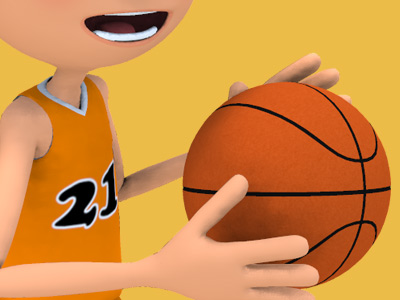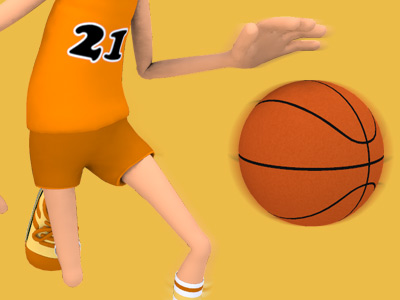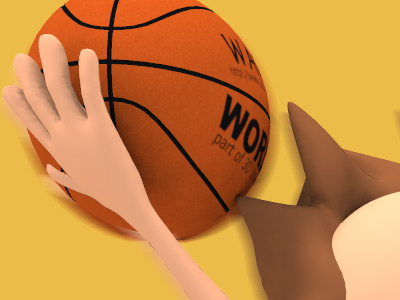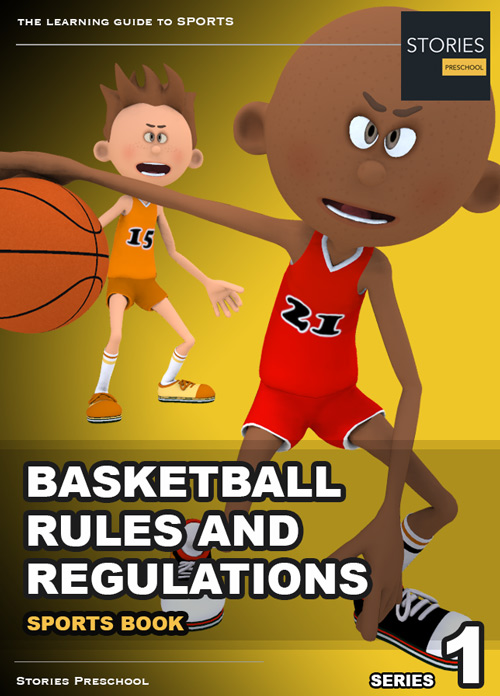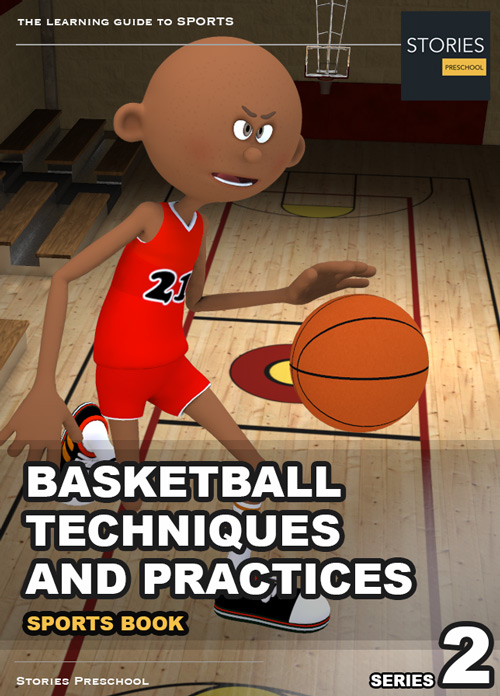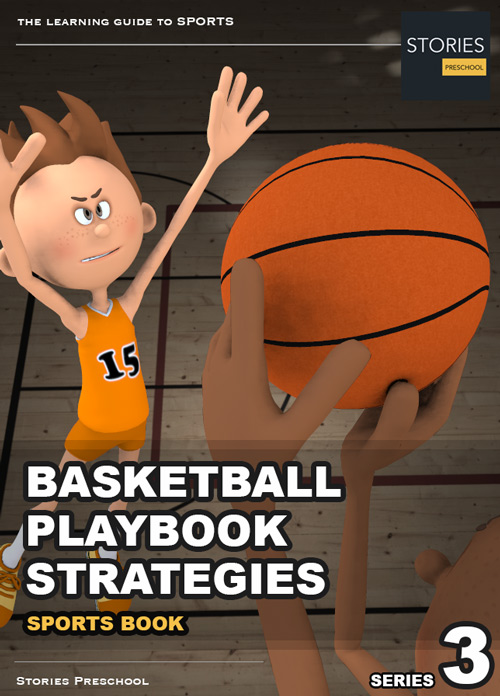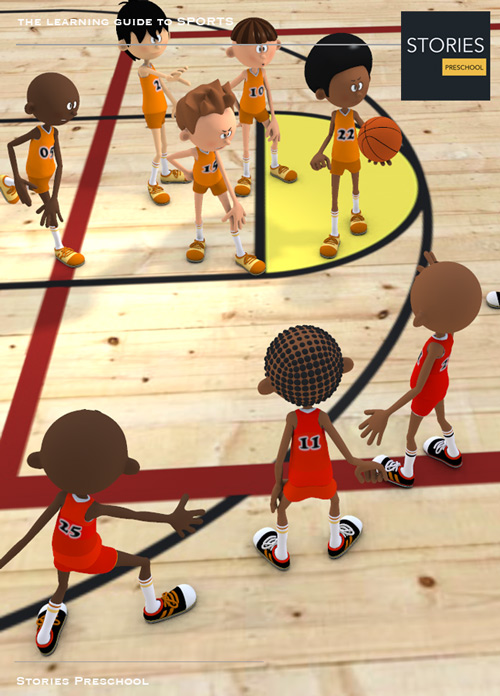Basketball

Basketball Steal
In basketball, a steal occurs when a defensive player legally causes a turnover by his positive, aggressive action(s). This can be done by deflecting and controlling, or by catching the opponent's pass or dribble of an offensive player. The defender must not touch the offensive player's hands or otherwise a foul is called.
Steals are credited to the defensive player who first causes the turnover, even if he does not end up with possession of the live ball. To earn a steal, the defensive player must be the initiator of the action causing the turnover, not just the benefactor. Whenever a steal is recorded by a defensive player, an offensive player must be credited as committing a turnover.
Stealing the ball requires good anticipation, speed and fast reflexes, all common traits of good defenders. However, like blocked shots, steals are not always a perfect gauge of a player's defensive abilities. An unsuccessful steal can result in the defender being out of position and unable to recover in time, allowing the offense to score. Therefore, attempting to steal is a gamble. Steals, though risky, can pay off greatly, because they often trigger a fastbreak for the defensive team.
There is no prototypical position from which a player may get many steals. While smaller, quicker guards tend to accumulate the most steals, there are many exceptions. For example, forward Rick Barry led the NBA in steals in 1974-75, and for many years center Hakeem Olajuwon led his team in the category, consistently ranking among the league's leaders, and is the only center ranked in the top 10 all-time in steals. Karl Malone, a power forward, is currently number ten.
SPORTS
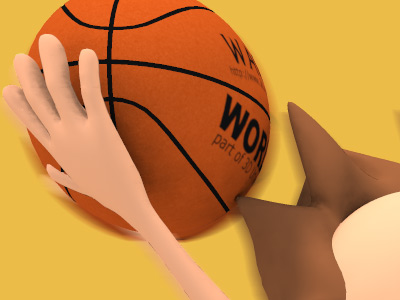
RESOURCES
This article uses material from the Wikipedia articles "Basketball" and "Steal (basketball)", which is released under the Creative Commons Attribution-Share-Alike License 3.0.
© Stories Preschool. All Rights Reserved.
